For Product Registration and general enquires please contact us
White Onion Sets
$15.99 – $79.99
Sweet storage onions with white skins. Over summer the little bulbs will sprout and grow just like regular onions but without the work of starting them early indoors.
Shipping & Returns
West Coast Seeds ships anywhere in North America. However, we are not able to ship garlic, potatoes, asparagus crowns, bulbs, onion sets, Mason bee cocoons, or nematodes outside of Canada. We regret, we cannot accept returns or damages for orders outside of Canada. The minimum shipping charge to the US is $9.99.
Description
More details about White Onion Sets
White Onion Sets will produce large, fine tasting, sweet storage onions with white skins by the end of summer. Over summer the little bulbs will sprout and grow just like regular onions but without the work of starting them early indoors. At the end of the season, once they have sized up to your liking, they get knocked over for drying and later taken inside for curing, just like regular onions. Plant your onion sets in March and April. You may have luck with onion sets as late as May. Keep the growing area carefully weeded and plant in rich, freely draining soil. Seasonal item shipping: Items shipped at specific times of the year such as garlic, potatoes, onion sets, asparagus crowns, mason bee cocoons, nematodes and flower bulbs require special handling. They will be shipped separately as a new order with the applicable regional shipping charges applies. Whenever possible, we will combine you orders to minimize shipping charges. Although we do not foresee a jump in prices, spring-harvested live goods are subject to shifts in availability and demand. Please confirm pricing in January.All About White Onion Sets
Latin
Allium cepa
Family: Amaryllidaceae
Difficulty
Scallions are easy to grow. Bulbing onions and shallots require transplanting in the spring and curing after harvest. By following these instructions, even novice gardeners should have no trouble.
Timing
Start shallots and storage onions indoors in late winter and early spring, and transplant 2-4 weeks after the last frost date. Overwintering onions need to be started in early summer, and transplanted by the middle of August. Scallions can be direct sown every 3 weeks from two weeks after the last frost date to late summer. Optimal soil temperature for germination: 21-25°C (70-75°F). Seeds will emerge in 6-12 days, depending on conditions.
Starting
Transplants are preferred for home gardeners. Sow 3 seeds 5mm-1cm (¼-½”) deep in each cell of a 72-cell tray. Transplant as a clump, spacing each 15cm (6″) apart in rows 45-75cm (18-30″) apart. Scallions can be spaced at 2-5cm (1-2″) apart in rows 15cm (6″) apart.
Days to Maturity:
From transplant date.
Growing
Ideal pH: 5.5-6.5 (6.0-6.8 for scallions). Fertile and well-drained soil in full sun is essential. Add well-rotted compost and dig ½-1 cup balanced organic fertilizer into the soil beneath each 3m (10′) of row. Keep moisture high in the top 20-30cm (8-12″) of soil. Most of the bulb should form on the surface of the soil, so don’t transplant too deeply. Bulb size is dependent on the size of the tops: the bigger the tops, the bigger the bulb. Provide August-planted scallions with the frost protection of a cloche or heavy row cover as the first frost date approaches.
Harvest
Stop watering in the beginning of August to mature the bulbs in dry soil. After half the tops have fallen, push over the remainder, wait a week and lift the bulbs. Curing is essential for long storage: Spread bulbs out in a single layer in an airy spot out of direct sunlight. Once no more green is visible on any of the leaves, and they are dry and crisp, the onion is cured. If weather is poor, cure indoors. Storage: Keep onions in mesh sacks or hang in braids so they get good ventilation, and hang sacks where air is dry and very cool, but not freezing. Check them regularly and remove any sprouting or rotting onions. Well-cured storage onions should keep until late spring.
Seed Info
In optimal conditions at least 75% of seeds should germinate. Usual seed life: 1 year. Per 100′ row: 260 seeds (scallions 1.2M), per acre: 76M seeds (scallions 1,045M).
Diseases & Pests
Botrytis blast and downy mildew are common leaf diseases. One starts with white spots and streaks, the other with purple-grey areas on leaves. Leaves wither from the top down and plants die prematurely. Separate the overwintered and spring crops because disease starts in older plants and moves to younger. Avoid overhead watering and plant in open sunny locations. Use lots of compost and practice strict sanitation and crop rotation.
Companion Planting
The pungent odour of onions repels many pests and also protects nearby garden vegetables. Plant chamomile and summer savory near onions to improve their flavour. Onions also work well alongside beets, Brassicas, carrots, dill, kohlrabi, leeks, lettuce, strawberries and tomatoes. Don’t plant onions near asparagus, or peas of any kind.







How to Grow Onion Sets

Information
Onion sets are individual onion plants that have had their growth interrupted. While they are still immature, they are pulled up and dried by the grower for planting just like spring flower bulbs. Once they are replanted, they continue to mature normally, forming large onion bulbs by around the summer solstice. Many growers appreciate the convenience of planting onions from sets rather than seeds – and they certainly are faster. The trade up is that onion sets are rarely named varieties, so they produce more generic onions.
Step 1: Timing
Plant onion sets as soon as the ground can be worked in the spring, usually late March or April. Make sure temperature doesn’t go below 20 degrees F.
Step 2: Starting
At planting time, mix in some nitrogen fertilizer, such as Gaia 4-4-4 too, and side dress every few weeks with compost until the bulbing process begins. Plant the smaller sets 1 inch deep, with 4 to 5 inches between each plant and in rows 12 to 18 inches apart. Think of onions as a leaf crop, not a root crop. When planting onion sets, don’t bury them more than one inch under the soil; if more than the bottom third of the bulb is underground, bulb growth can be restricted. Practice crop rotation with onions to avoid disease.
Step 3: Growing
Ideal pH: A neutral PH is recommended. Onions are heavy feeders and need constant nourishment to produce big bulbs. If you remember, add aged manure or fertilizer the fall before planting. Soil should be well-drained, loose, and rich in nitrogen; compact soil affects bulb development.
Step 4: Germination
Days to maturity: From replant date.
Step 5: Harvest
Stop watering in the beginning of August to mature the bulbs in dry soil. After half the tops have fallen, push over the remainder, wait a week and lift the bulbs. Curing is essential for long storage: Spread bulbs out in a single layer in an airy spot out of direct sunlight. Once no more green is visible on any of the leaves, and they are dry and crisp, the onion is cured. If weather is poor, cure indoors. Storage: Keep onions in mesh sacks or hang in braids so they get good ventilation, and hang sacks where air is dry and very cool, but not freezing. Check them regularly and remove any sprouting or rotting onions. Well-cured storage onions should keep until late spring.
Tips!
Disease & Pests: Botrytis blast and downy mildew are common leaf diseases. One starts with white spots and streaks, the other with purple-grey areas on leaves. Leaves wither from the top down and plants die prematurely. Separate the overwintered and spring crops because disease starts in older plants and moves to younger. Avoid overhead watering and plant in open sunny locations. Use lots of compost and practice strict sanitation and crop rotation. Companion Planting: The pungent odour of onions repels many pests and also protects nearby garden vegetables. Plant chamomile and summer savory near onions to improve their flavour. Onions also work well alongside beets, Brassicas, carrots, dill, kohlrabi, leeks, lettuce, strawberries and tomatoes. Don’t plant onions near asparagus, or peas of any kind.Additional information
| Matures | 95-121 days |
|---|---|
| Season | Warm season |
| Exposure | Full sun |
| Quantity | 500g, 2.5kg, 5kg |
You must be logged in to post a review.




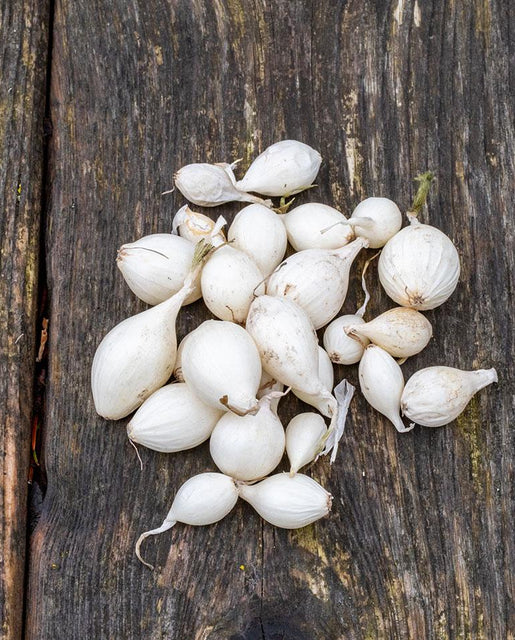
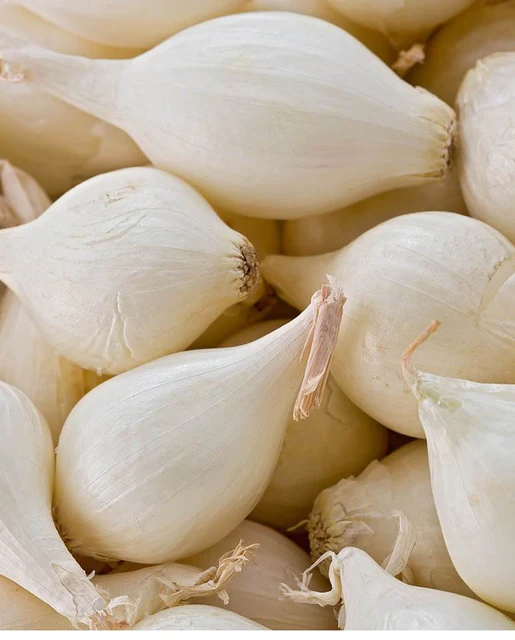
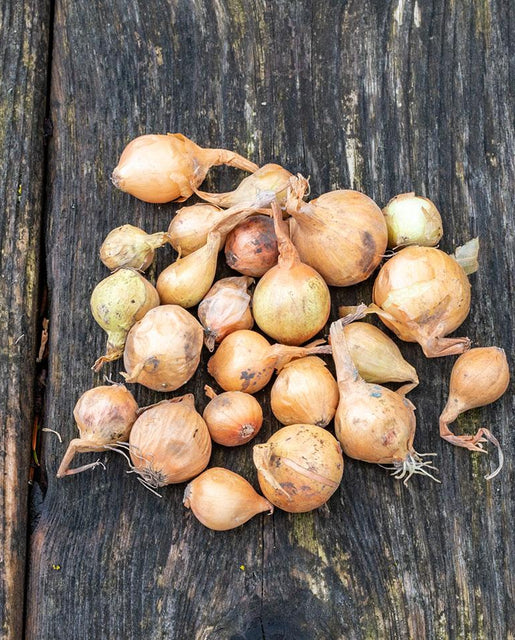
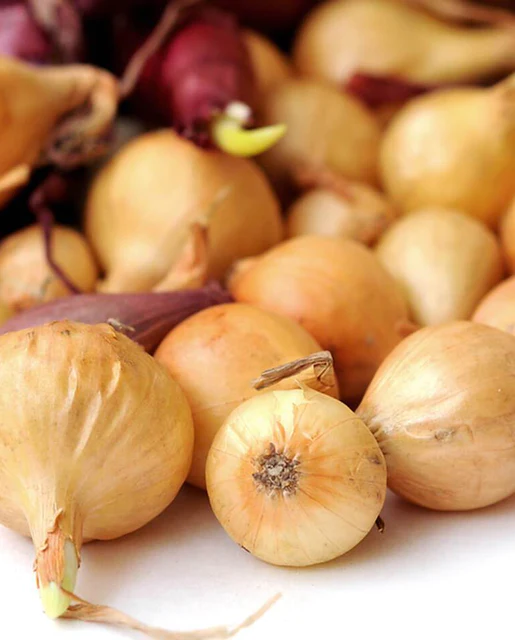
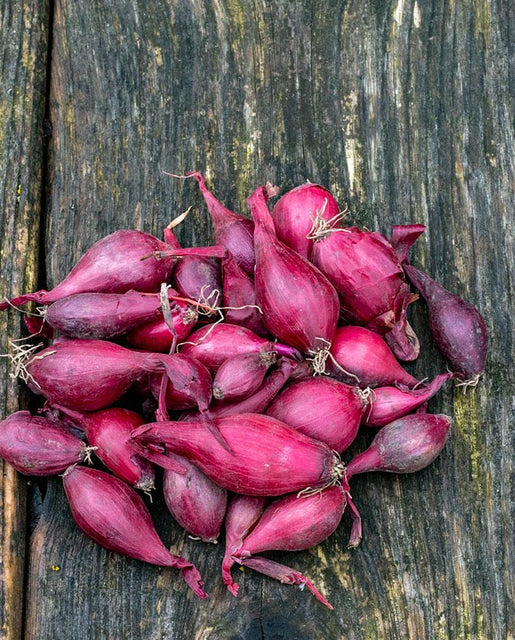
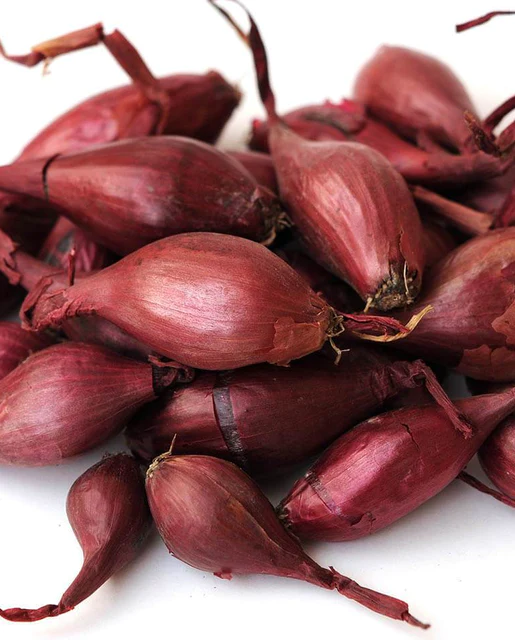
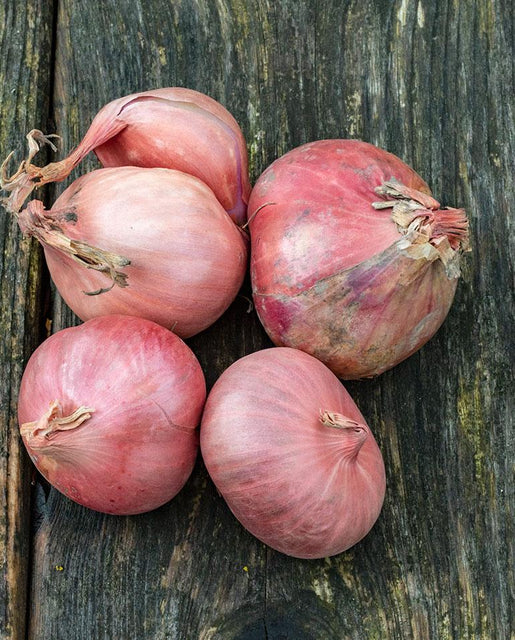




Reviews
There are no reviews yet.